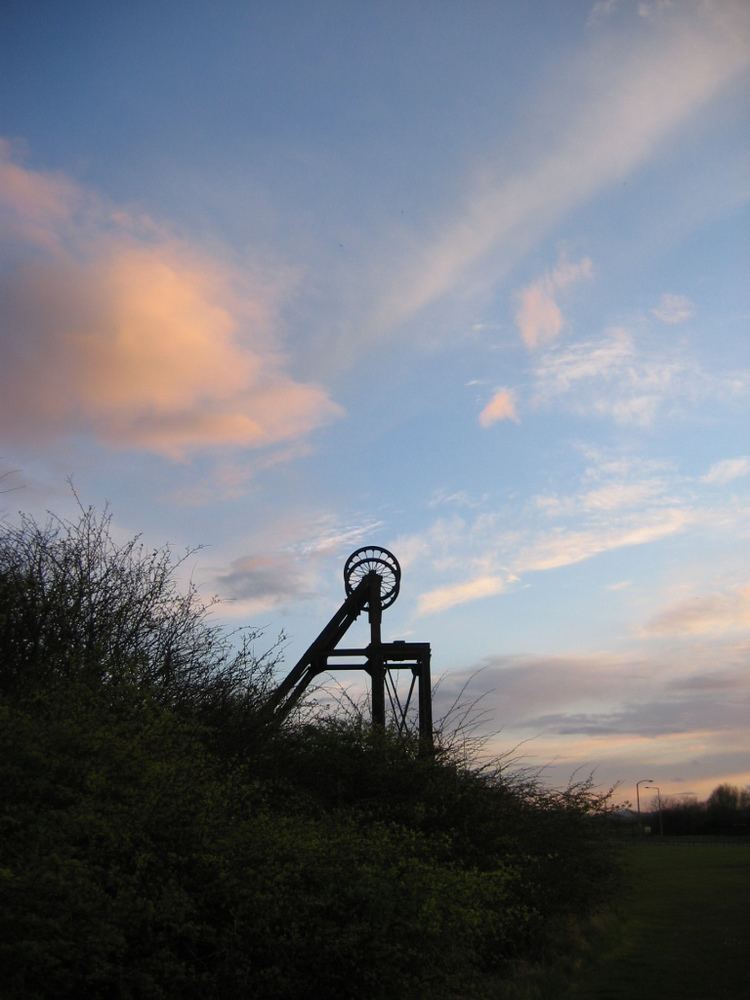Established 28 September 1984 Website www.prestongrange.org | Type Industrial archaeology Phone +44 131 653 2904 | |
 | ||
Location 8 miles east of Edinburgh Address Prestongrange Museum, Morrisons Haven, Prestonpans EH32 9RX, United Kingdom Hours Closing soon · 11:30AM–4:30PMSunday11:30AM–4:30PMMonday11:30AM–4:30PMTuesday11:30AM–4:30PMWednesday11:30AM–4:30PMThursday11:30AM–4:30PMFriday11:30AM–4:30PMSaturday11:30AM–4:30PMSuggest an edit Similar National Mining Museum, Museums Galleries Scotland, Seton Collegiate Church, Myreton Motor Museum, Museum of Edinburgh | ||
Prestongrange Museum is an industrial heritage museum at Prestongrange between Musselburgh and Prestonpans on the B1348 on the East Lothian coast, Scotland. For centuries Prestongrange was a place of intense industrial activity. A harbour, glass works, pottery, colliery and brickworks have all left their marks on the landscape. Cradled by woodland with views out over the Forth the site is now a haven for wildlife where visitors are free to roam and explore monumental relics of Scotland's industrial heritage. Discover giant machines such as the pit head winding gear and a Cornish beam engine, fantastic structures like the powerhouse and a vast brick kiln as well as coal wagons, a steam crane and much more besides. The site is free to visit all year round but it comes alive between April and September when the Visitor Centre, exhibitions, café and other buildings are open. Take a guided tour with one of the knowledgeable members of staff and discover the history of the site – a story of monks, mining and industrial might spanning over 800 years. The museums also runs a programme of unique fun events for all ages. There is lots for kids to do at Prestongrange with activity sheets, outdoor games and toys and an indoor play area for smaller children.
Contents
Founded as the original site of the National Mining Museum, its operation reverted to East Lothian Council Museum Service (the current operators) in 1992. Prestongrange Colliery had closed in 1962 and the site began to be cleared. However, work stopped when a new plan was adopted. The Museum was the idea of David Spence, a retired mining engineer. A steering committee was formed in 1968, volunteers worked to clear the site and assemble exhibits, and the National Mining Museum was formally launched at Prestongrange on 28 September 1984.
Development
By the early 1960s the strategy of the National Coal Board meant that all of East Lothian’s and most of Midlothian’s collieries were earmarked for closure. At the same time within the coalfield community there was an awareness that technology and culture was also changing and much that was of significance was in danger of being lost forever.
Prestongrange had three key merits as a museum site. The estate features in the earliest written account of collieries in Scotland, often dated to 1180-1210. The existing colliery included the first deep shaft in Scotland, which Matthias Dunn of Newcastle sank in 1830 to the Great Seam at 420 feet (128 m). The colliery housed the last Cornish beam engine remaining in situ in Scotland.
Artefacts were collected from around the coalfield and stored at Prestongrange. The interior of the beam engine house and the colliery power station became galleries. With the closure of Lady Victoria Colliery at Newtongrange in 1981 the ambitions of the steering group expanded to include that site. After operating together from 1984 to 1992 Prestongrange was withdrawn from the National Mining Museum by East Lothian District Council and recast as Prestongrange Industrial Heritage Museum to encompass the area’s other once significant but vanished industries – salt boiling, chemical synthesis (particularly sulphuric acid), soap making, glass making, potteries, industrial ceramics and bricks.
Main features
Beam engine
The beam engine is a Cornish engine, an early type of steam engine, used to pump water from the coal mine to prevent the workings from becoming flooded. It was manufactured by J. E. Mare & Co of Plymouth to the design of engineers Hocking & Loam and used in three different mines in Cornwall before being purchased by the Prestongrange Coal and Iron Company in 1874 and shipped north. It was bought from a Cornish Mine site by Harvey and Company of Hayle, who sold it on to Prestongrange complete with a new beam of their own manufacture. The engine was installed in a new engine house, whose front wall is nearly 7 feet (2.1 m) thick in order to support the main pivot bearing of the huge cast iron beam.
The engine continued operating until 1954, when it was superseded by electric pumps, only eight years before the colliery closed. The engine is the only example in Scotland.
Facilities
The Museum site is open all day every day. The Museum buildings are open between April and September, 11.30 a.m. to 4.30pm. A self-guided tour by mobile phone is available, and it is narrated by the painter John Bellany who was born in Port Seton.
The Museum is also the gateway to the annual Three Harbours Festival, jointly organised by the communities of Prestonpans, Prestongrange, Cockenzie, Port Seton and other nearby areas such as West Pans and Drum Mhor.
The Museum grounds are also used for local events, guided tours, theatrical performances, and during the annual re-enactments of the Battle of Prestonpans. Since the completion of the Prestonpans Tapestry in July 2010, there is a possibility that this artwork may find a temporary or permanent home at Prestongrange.
